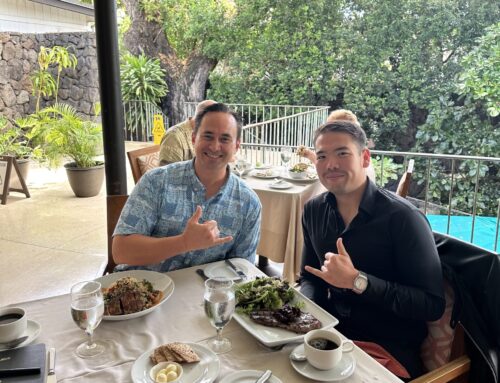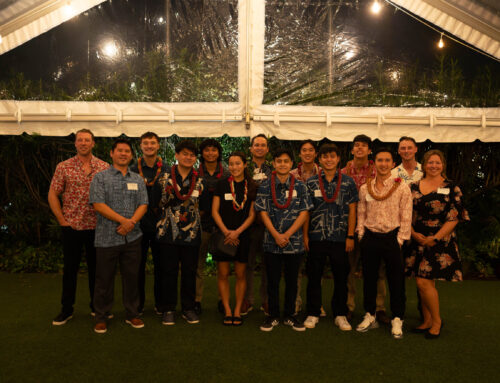This is the second article in a 3 part series. If you missed Part One, read it here.
When it comes to scholarship programs, no two are exactly alike. Donors have different motives for offering scholarships, ranging from honoring loved ones to helping students in their field of interest. As far as the students themselves are concerned, there is also a lot of diversity. If you know your target students, you can focus your program on serving them better. Here are four things to consider when it comes to getting to know your students.
“Typical” College Students Don’t Exist
The old stereotype of students graduating high school, moving away for college, graduating, and getting a 9-5 job is a thing of the past. Nearly 84% of students don’t fit into this traditional profile. These students follow more lengthy paths through higher education. These paths are filled with gap years, living at home and commuting to school, taking full-time jobs while studying part-time, and even juggling family commitments while pursuing higher education. Many students are older than before, with 1-in-5 college students being over 30 years old.
Other students are pursuing alternate educational pathways, such as post-secondary certificates and apprenticeship programs to get into the workforce faster or taking a few individual courses towards a credential while working full-time.
More First-Generation Students than Ever Before
Nearly 44% of college students in America have parents who didn’t attend college themselves. For these students, college isn’t only a completely new experience for them, but a whole new world for their families as well. Without this family experience, everything from moving onto campus to navigating financial aid can be a challenge.
For the parents of first-generation students, what held them back from pursuing their academic dreams are often financial issues. This barrier carries over to the first-generation students themselves, with the families of first-generation students having less than half the median income of non-first-generation families. This results in first-generation students being far more likely to take on heavier student debt, part-time work, or a lighter class schedule.
Financial Barriers Aren’t the Only Barriers
For many first-generation, low-income students, attending college can provide a “safety net” of sorts. Dorm life can provide subsidized housing and meals, but these all depend on being able to continue to afford tuition. For other low-income students, it can be a struggle to balance the cost of tuition with the high cost of living. Many students report falling behind on rent, cutting back on food expenses, or cutting back on meals to make ends meet while in school. Other students try to save money by living off-campus, commuting to school every day. Students in these situations are often teetering on the edge of a financial setback that could spell the end of their college careers.
Traditional scholarship programs help with the cost of tuition, but they very rarely address the issues of room and board, or the rising cost of textbooks and study materials. Computers, seen as essential by many college students, are a luxury item for many low-income students.
A Scholarship Management Service Can Help
Scholarship management services such as Scholar’s App make it easy for donors to reach out to worthy scholarship recipients. Compared to traditional means of advertising scholarships, by listing available scholarships on Scholars App, scholarship donors can make their scholarships far more visible to their target students. In the past, students had to search for scholarships on the web or through their guidance counselor. This makes scholarships difficult to access for many students, especially those who are a few years removed from secondary school. Scholar’s App makes it very easy for students to search out and find scholarships for which they qualify and provides an intuitive platform for donors to assist their award recipients throughout the entire lifecycle of a scholarship.



